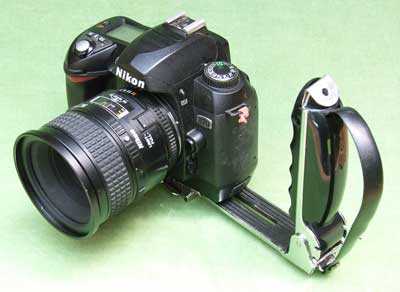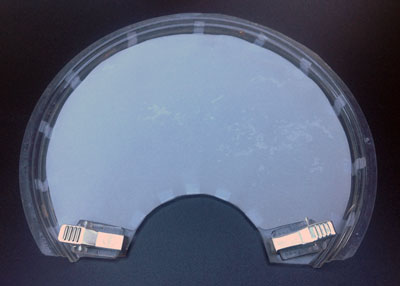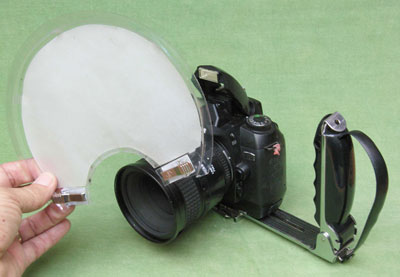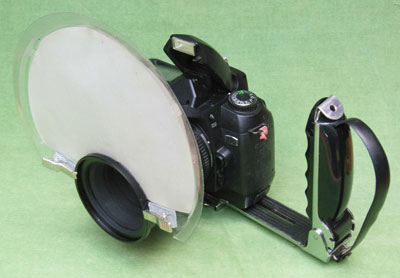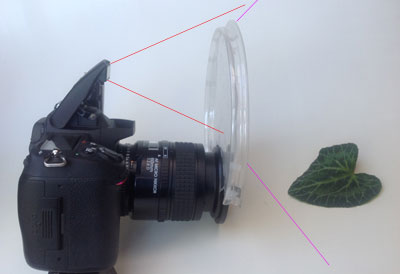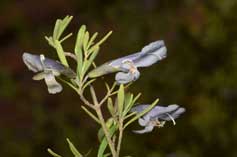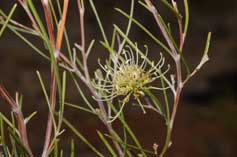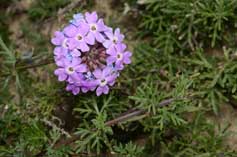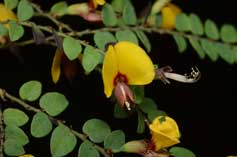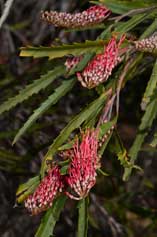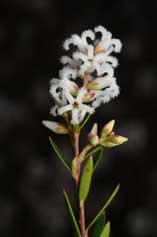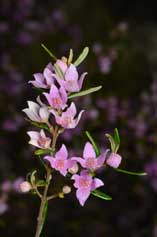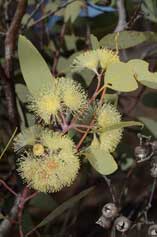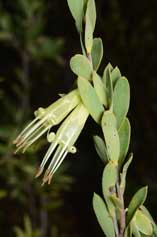Photographing Australian Plants
DIY Macro Flash Setup
Murray Fagg's quick and cheap flash technique for plant photos with a macro lens
Exposure
Some digital SLR cameras can be set to 'auto' and correctly set the exposure using this diffuser.
For
the Nikon D7000 'auto' works quite well, setting the shutter-speed at 1/60 second and the aperture in the vicinity of f 25 for flower close-ups in dim light.
However I prefer to take photos using the diffuser with the camera set on 'manual', with the shutter-speed set at 1/250, and decide the aperture myself.
Deciding the correct aperture is helped by looking at the exposure histogram after the photo is taken, take another photo if necessary.
See the web-page on 'depth-of-field' where 'aperture' is explained.
Pros and cons of such a diffuser
Its very light to carry, not like a bulky ring-flash.
No extra batteries to charge or buy, as with most ring-flash units, if the camera is charged and operational, the inbuilt flash will work.
It works best on cameras where the pop-up inbuilt flash is directly above the lens, rather than to the side as on many non-TTL cameras.
It works best when photos are taken in landscape mode rather than vertical.
If the camera is held vertically, the light will always appear to have come from the side, giving a much less natural lighting effect.
It allows very small apertures to be be used, increasing the depth-of-field.
Photos usually have a dark background, which some people don't like.
The background tends to be less 'black' than when a ring-flash is used, some stray light from the flash usually reaches the surroundings.
Examples of photos taken with this diffuser set-up
These photos are from the Australian Plant Image Index, they are taken to show the characters that could help people identify the plants.
They are all taken on a Nikon D7000 SLR camera with a Micro Nikkor 60 mm lens
Click to enlarge photos (and see plant names, all from APII collection)
Horizontal images
|
|
|
|
Vertical images
![An Australian Government Initiative [logo]](/images/austgovt_brown_90px.gif)


